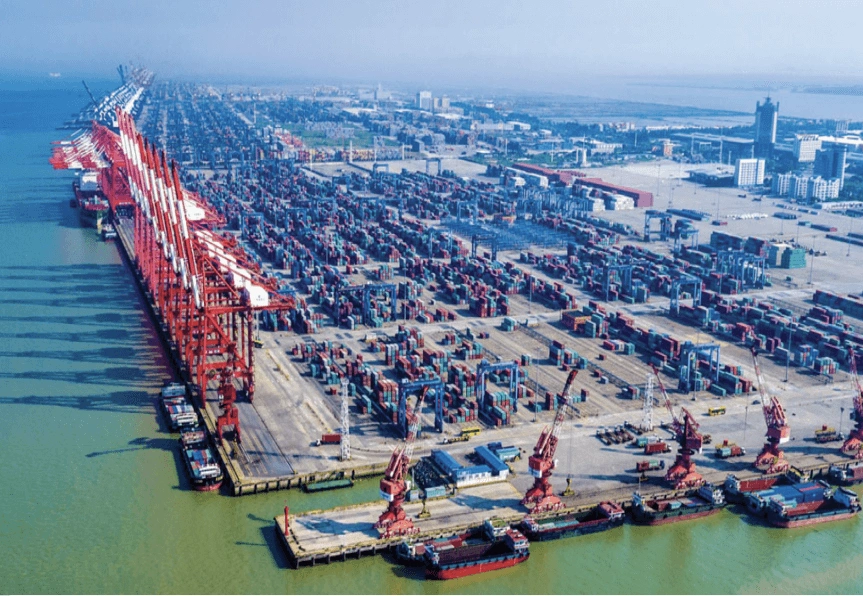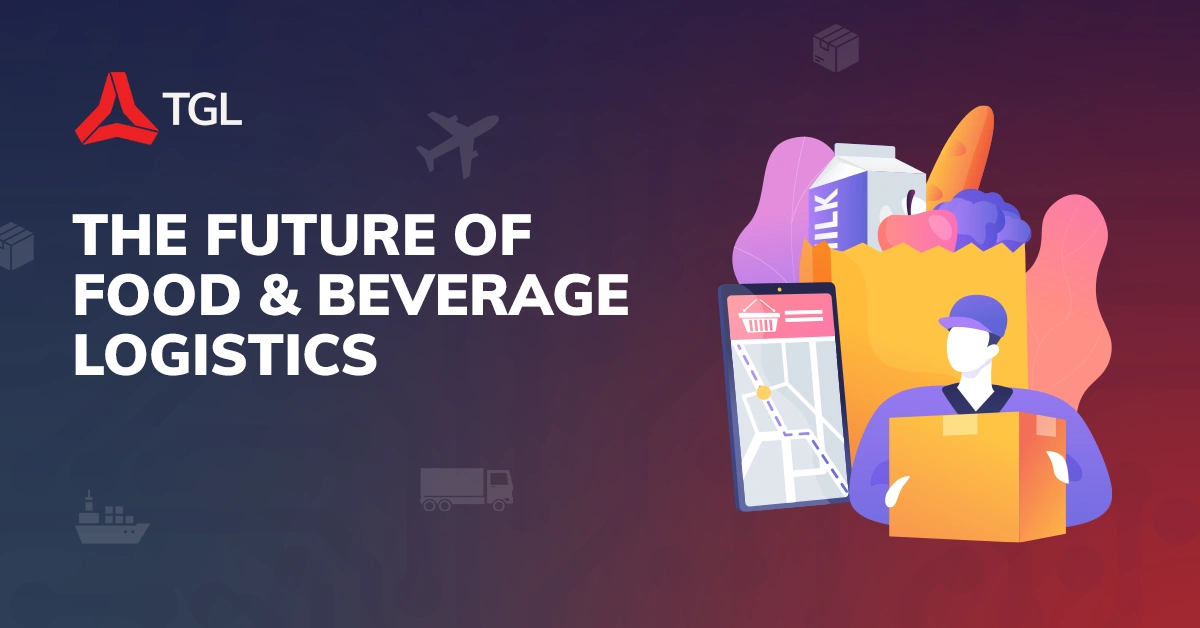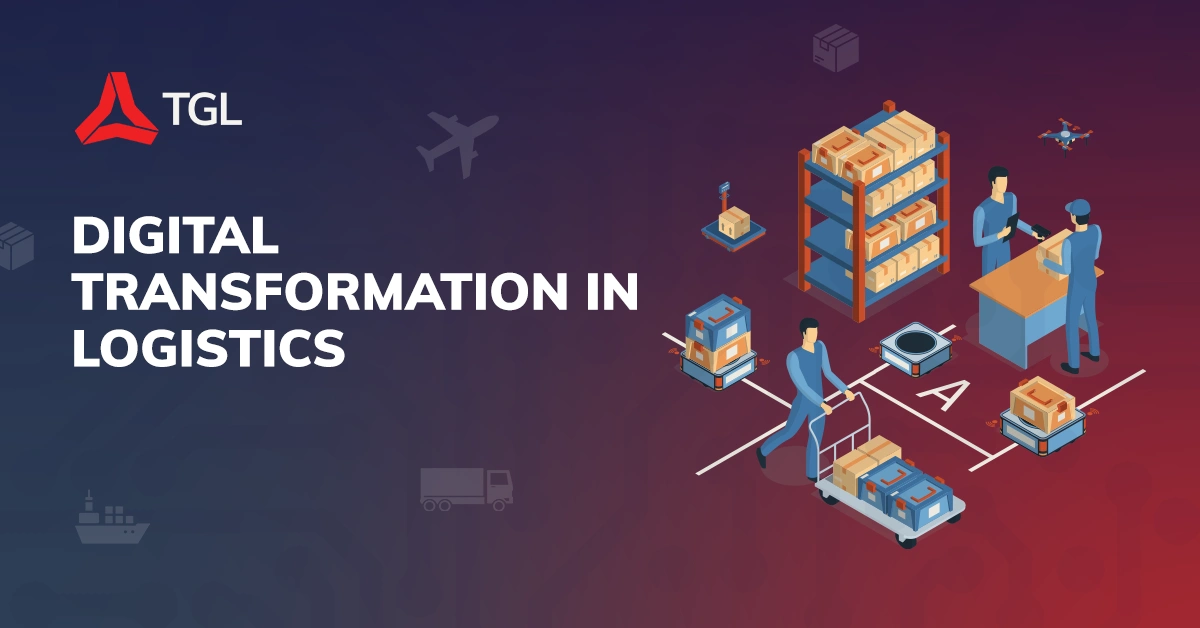Southern Chinese port of Guangzhou port expands freight services

Southern Chinese port of Guangzhou expands freight services to US east coast opening a new container line.
The route is operated by international shipping giants including Maersk Line, MSC, ZIM, Hamburg Sud, and Hyundai Merchant Marine, with a total of 12 large container ships of 8,200 to 8,500 TEU. The ships will stop at Nansha Port every Monday, first to reach the Port of Newark in 32 days and then Charleston Port in 37 days.
This new route to the east coast of the United States will provide a fast and direct shipping service to the clients.
As the end of August 2019, Guangzhou Port Group operates 154 container liner services, including 109 foreign trade routes and 45 domestic trade routes what makes one of the busiest ports in South China.
The Southern Chinese port of Guangzhou, located on the Pearl River delta, is one of the busiest ports in the world. In recent years, the port has been expanding its freight services to meet the growing demand for shipping and logistics services in the region.
Guangzhou port has been investing in new infrastructure and technology to improve its operations and expand its capacity. The port has added new container terminals, warehouses, and other facilities to handle the growing volume of goods passing through its facilities. It has also implemented new technology such as automated cranes and digital tracking systems to improve efficiency and speed up the processing of cargo.
One of the key areas of growth for Guangzhou port has been in e-commerce and cross-border trade. The port has developed specialized services for e-commerce companies, including dedicated warehouses and customs clearance procedures. It has also established partnerships with major online retailers such as Alibaba and JD.com to facilitate the shipping of goods from the port to customers around the world.
In addition to e-commerce, Guangzhou port has also been expanding its services in other sectors such as automotive and chemical industries. The port has developed specialized facilities for the handling of automobiles and other vehicles, including dedicated car terminals and storage facilities. It has also established partnerships with major automotive manufacturers such as Honda and Toyota to provide logistics services for their operations in the region.
Another area of focus for Guangzhou port has been in environmental sustainability. The port has implemented a range of measures to reduce its environmental impact, including the use of clean energy sources such as natural gas and solar power, and the installation of pollution control equipment on its ships and vehicles.
Despite the challenges posed by the COVID-19 pandemic and global trade tensions, Guangzhou port has continued to expand its operations and services. The port has maintained its position as a key gateway for trade between China and the rest of the world, and is well-positioned to capitalize on the growing demand for shipping and logistics services in the region.
Overall, the expansion of freight services at Guangzhou port is a reflection of the broader trends shaping the global economy. As trade and commerce become increasingly globalized, ports and logistics hubs like Guangzhou will play an ever more important role in facilitating the movement of goods and services around the world. By investing in new infrastructure, technology, and sustainability measures, Guangzhou port is positioning itself for continued growth and success in the years to come.


